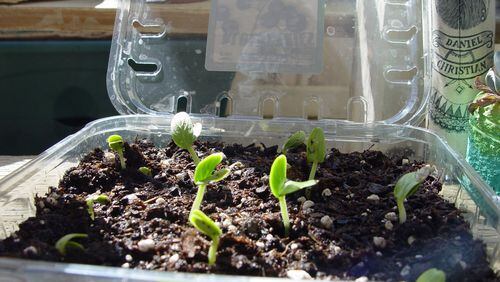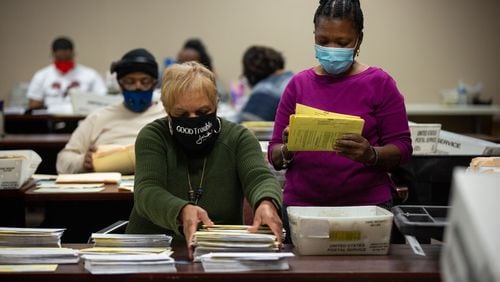Every gardener has watched their seedlings fail on the windowsill. Starting seed indoors isn’t easy, but it’s necessary. In many areas, the last frost is too late for long-term crops like tomatoes that ripen over the summer. We want to start them earlier so seedlings are ready to move into the gardens as soon as the weather and soil temperatures allow. Those not willing to start their own seed will spend a great deal more buying seedlings at the garden center.
There are a dozen ways to fail. Seeds rot in wet material, they melt down from fungi, some never germinate at all. What drives a lot of this is keeping sown seed evenly moist in a standard pot without drying out. When you sow, only surface moisture is needed for germination so only later on is deeper moisture valuable. Failure is caused by deeper moisture in very cool dry winter conditions that fosters seed killing rot and fungus. Fungal hyphae can travel upward to attack seed, roots or seedling. Seedlings shrivel as a result, so you naturally think they’re dehydrated and water again.
There is an easy way to get around all of this trouble: Use a two step process. Collect the ultimate seed starters: lidded fruit or salad boxes that are clear plastic and have lots of holes for air and drainage. Each one of these becomes a mini greenhouse that maintains even moisture and reduces evaporation. These take all the guess work out of seed germination because they are ideally designed and free.
Use seed-starting media or quality potting soil to place an inch deep layer or more on the bottom of the box. Firm it gently in place. Sow your seeds and lightly spray it with a squirt bottle to thoroughly moisten. Secure the lid and let the box sit in a warm place until seeds sprout. Once they’re up place in a sunny window, preferably south-facing for a week or two until they develop new leaves. Once too tall for the germination box, it’s time to move each seedling into its own pot.
Recycled plastic six-packs from previous plant purchases are the best for starting seedlings. Any other recycled pots are ideal because they don’t get soggy and may be reused year after year. When you’re ready to transplant, first fill and firm all your containers with fine potting soil. Then use the tip of a butter knife to prick-out each of the tiny seedlings from the lidded box to plant in its own pot in the open air. This is where it will grow a larger root system before going outside. These plants require plenty of south sun and good drainage.
To water small pots like this easily, place them in a plastic box or metal brownie pan. Fill the pan with an inch of warm water and let it wick through the drain holes to saturate the soil from the bottom up. This places the most moisture at the bottom of the pot to draw roots as deeply as you can for more drought resistant and vigorous plants. This method also eliminates the need to top water, which can result in mildew, stem rot or dislodging the seedling. Let the pots sit in the water until moisture shows on the drier surface (20 minutes) to tell you it’s well saturated. Then remove from the water, allow to drain thoroughly, and return to the growing area.
The reason so many seed starting efforts fail is because it’s promoted as a once step process from seed to six packs like they do under growers’ controlled conditions. For great germination success of your own use this two step process. Find your salad boxes and get started today, then gather up all your old plastic seedling pots and wash well to destroy disease. Water from the bottom up after transplantation, then bring them out when the time is right to flourish, flower and fruit as early as possible.
———
Maureen Gilmer is an author, horticulturist and landscape designer. Learn more at www.MoPlants.com






